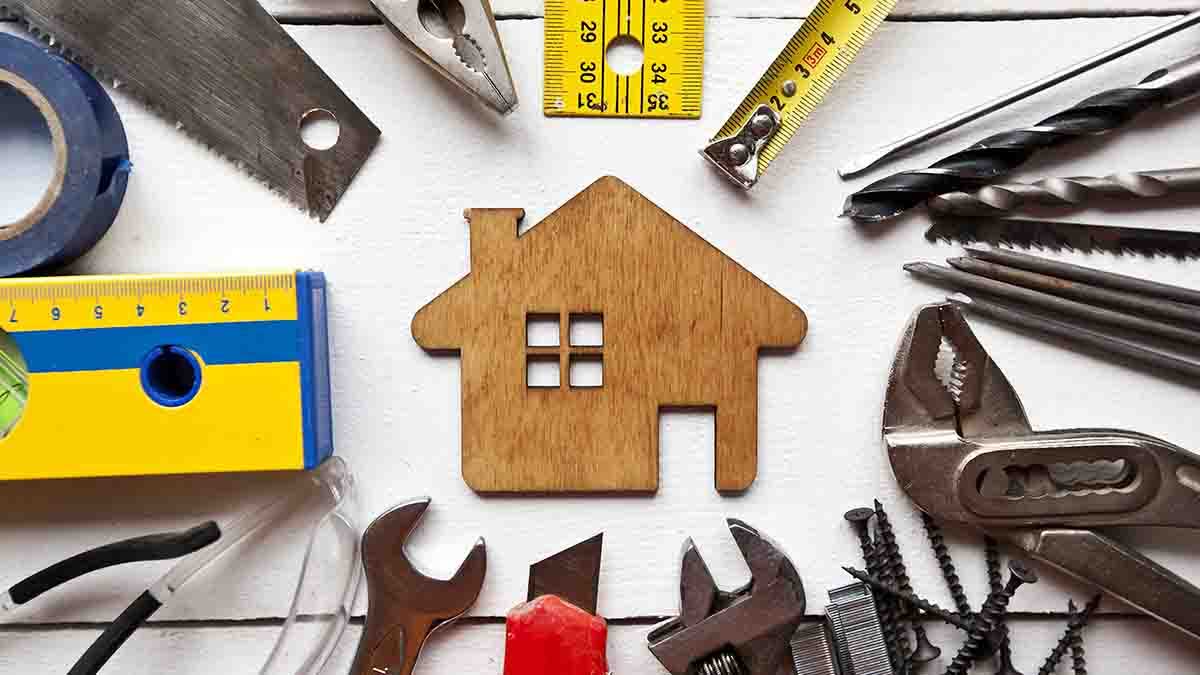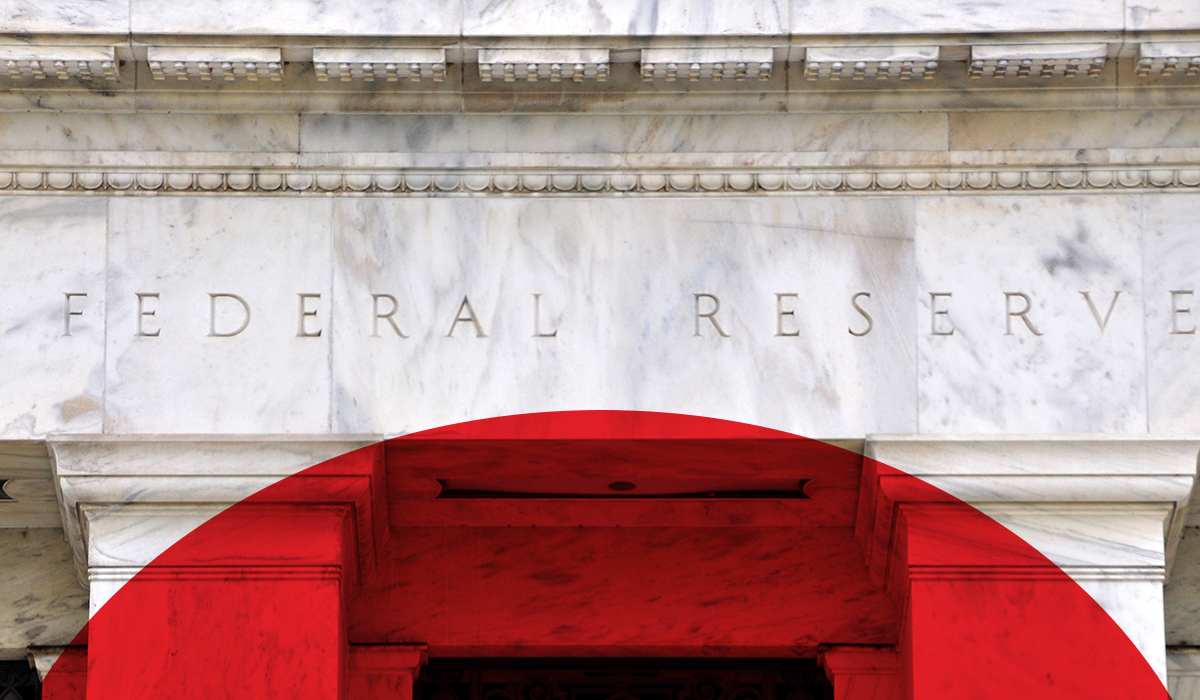Now Reading: Economic uncertainty, regional housing supply impact fix-and-flip business
-
01
Economic uncertainty, regional housing supply impact fix-and-flip business
Economic uncertainty, regional housing supply impact fix-and-flip business

Recent survey data from John Burns Research & Consulting and Branches indicates a decrease in optimism among home flippers, largely due to worries about tariffs and the impact of broader economic uncertainty on housing demand. The survey was conducted from April 1 to April 28, after the tariff announcement by the Trump administration in early April.
Flippers across the nation now anticipate a 1.8% price growth for flipped homes in the next six months, down from last year’s projection of 2.9% growth. Except for the Northeast, flippers in all regions are expecting lower home-price appreciation compared to the first quarter of 2024. In regions like Florida, Southern California, and Northern California, flippers even foresee prices decreasing.
When it comes to sales volume, only 31% of flippers expect good sales relative to normal seasonal patterns over the next six months. This reflects the highest level of pessimism among flippers since late 2022 when mortgage rates exceeded 7% for the first time in over two decades. Factors such as economic uncertainty and regional housing supply conditions significantly influence sales projections. Flippers show the least optimism in regions with substantial new-home inventory and existing homes for sale, such as Florida and Texas, where only 16% and 18% of flippers, respectively, anticipate good sales in the next six months. However, flippers appear more confident in regions with limited housing supply, with 57% in the Northeast and 40% in the Midwest expecting good sales in the upcoming six months.
Regarding how flippers would respond to a potential rise in construction costs due to tariff activity, the survey found that 45% of flippers would prioritize spending less on renovations if material prices increased. In regions with less housing supply like the Northeast and Midwest, sellers have more pricing power, enabling flippers to pass on cost increases to buyers. On the other hand, in regions with higher housing inventory like Florida, flippers are likely to absorb costs by reducing profit margins. Similarly, in California, a 10% increase in material costs would have a relatively smaller impact on flippers’ overall margins.



